
5 Step Guide
An emergency water tank is a vital part of any rounded disaster preparedness plan. Natural disasters such as hurricanes, earthquakes, and floods often disrupt access to clean water for days or even weeks. Prolonged power outages can shut down municipal water systems, and contamination events, like chemical spills or broken water mains, can make water unsafe to drink.
Owning an emergency water tank ensures that you and your family have a secure, personal backup supply to rely on in moments of crisis. These tanks, designed to store between 30 and 500 gallons of clean water, offer peace of mind by safeguarding your most critical resource. With their durable design and algae resistant deep blue color, emergency water tanks are a reliable option for maintaining access to potable water when uncertainty strikes.
While buying an emergency water tank is not overly complicated, there are key factors to consider that will help you make the best choice. This guide will walk you through five essential steps, and by the end, you’ll feel confident to select the tank that meets your needs and supports your preparedness plan.
1. Decide Where to Place Your Tank
Before selecting your water tank, start by choosing its location. Popular options include basements, garages, sheds, barns, or dedicated storage rooms. It’s important to measure your chosen area carefully and confirm it can accommodate the tank’s size and allow easy access for use.
For example, large capacity tanks require significant space, so make sure your tank’s height and width fit not only the location but also through any doorways or pathways leading to it. Deciding this upfront can save you significant hassle at delivery and setup.
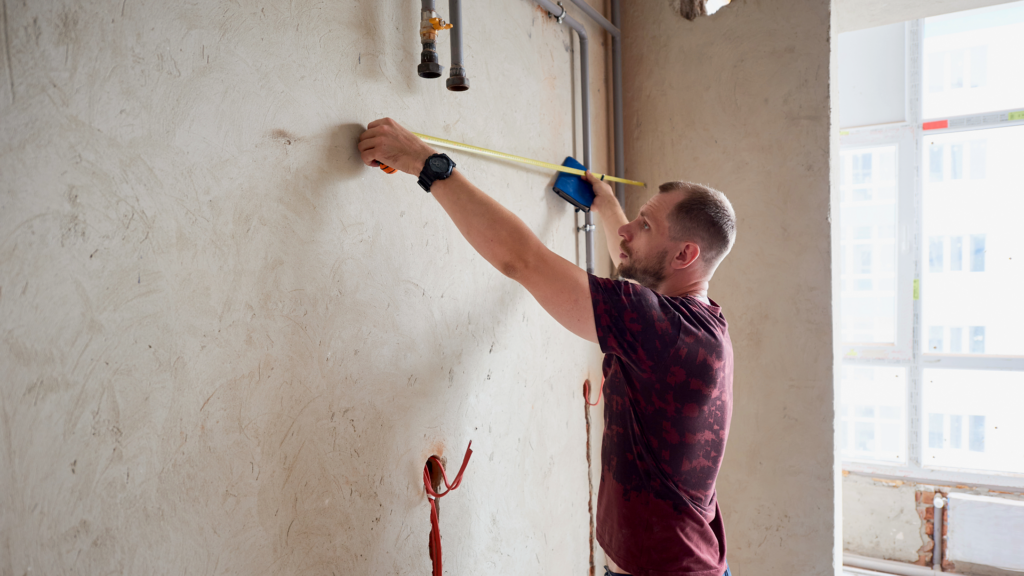
Pro Tip: If you’re tight on space, consider corner tanks — their unique design fits conveniently into room corners while still offering excellent capacity.
2. Select the Right Size for Your Needs
Emergency water tanks come in a range of sizes, from compact 30 gallon options to larger 500 gallon models. The ideal size depends on your household’s needs, available space, and the amount of water demand depending on the duration of the emergency.
Here’s a quick guide to common tank capacities and dimensions:
- 30 gallons – 15″ L x 15 W” x 65″ H – approx. 20 lbs.
- 65 gallons – 26″ D x 31″ H – approx. 40 lbs.
- 80 gallons – 21″ L x 29″ W x 63″ H – approx. 48 lbs.
- 100 gallons – 30″ D x 42″ H – approx. 38 lbs.
- 125 gallons – 30″ D x 50″ H – approx. 44 lbs.
- 150 gallons – 30″ D x 58″ H – approx. 50 lbs.
- 200 gallons – 36″ D x 56″ H – approx. 55 lbs.
- 250 gallons – 36″ D x 66″ H – approx. 62 lbs.
- 500 gallons – 48″ D x 71″ H – approx. 100 lbs.
Note that the “D” stands for diameter and the “H” stands for height.
Be meticulous about measuring your doorways or access points. For example, fitting a 500 gallon tank into your basement requires a door wider than 48 inches and at least six feet tall. Planning this now ensures a smooth installation later.
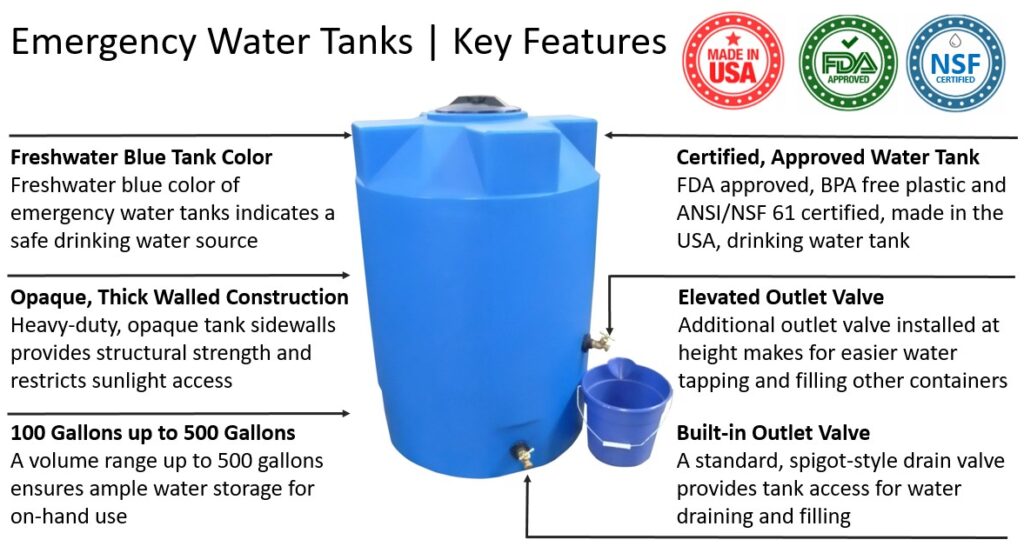
A quick tip for households: A good rule of thumb for emergency planning is to store at least one gallon of water per person and per pet per day for at least two weeks. For a family of four with a dog, this comes out to 70 gallons – making the 80 gallon emergency water corner tank an ideal fit.
3. Understand Tank Features and Access Points
Emergency water tanks come equipped with useful features to make water storage and retrieval easy. Most tanks have:
- A removable lid for quick and convenient filling from the top, as well as inspecting inside the tank, adding water treatments, or cleaning when needed.
- Two ¾-inch outlets — one at the base for complete drainage and a second outlet positioned approximately 14 inches from the ground. The elevated outlet allows you to easily fill a bucket, pitcher, or smaller container for daily use without having to open the tank.
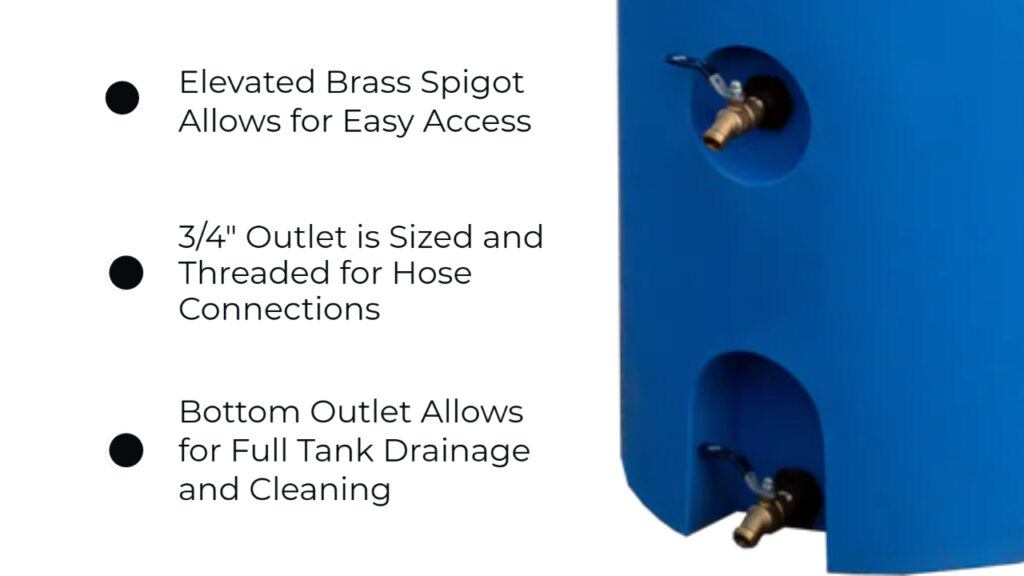
By familiarizing yourself with these features, you’ll know which accessories or plumbing configurations may be needed for your setup. These access points contribute to the tank’s overall usability and convenience. The outlet fittings are appropriately sized for use with typically sized hoses and can be used to fill or draw water from the tank.
4. Budget for the Tank and Shipping Costs
When it comes to price, emergency tanks typically range from $140 to $1100+, with larger capacities costing more. However, don’t forget to factor in shipping costs. Because of their size, emergency water tanks are shipped via LTL (Less-Than-Truckload) freight instead of standard carriers like UPS or FedEx. Shipping fees can vary significantly based on your location and the number of tanks ordered.
To avoid surprises, always request a freight estimate before completing your purchase. The National Tank Outlet has an easy “Shipping Quote” button to estimate shipping fees and taxes. This will let you have a clearer picture of the total cost so you can budget accordingly.
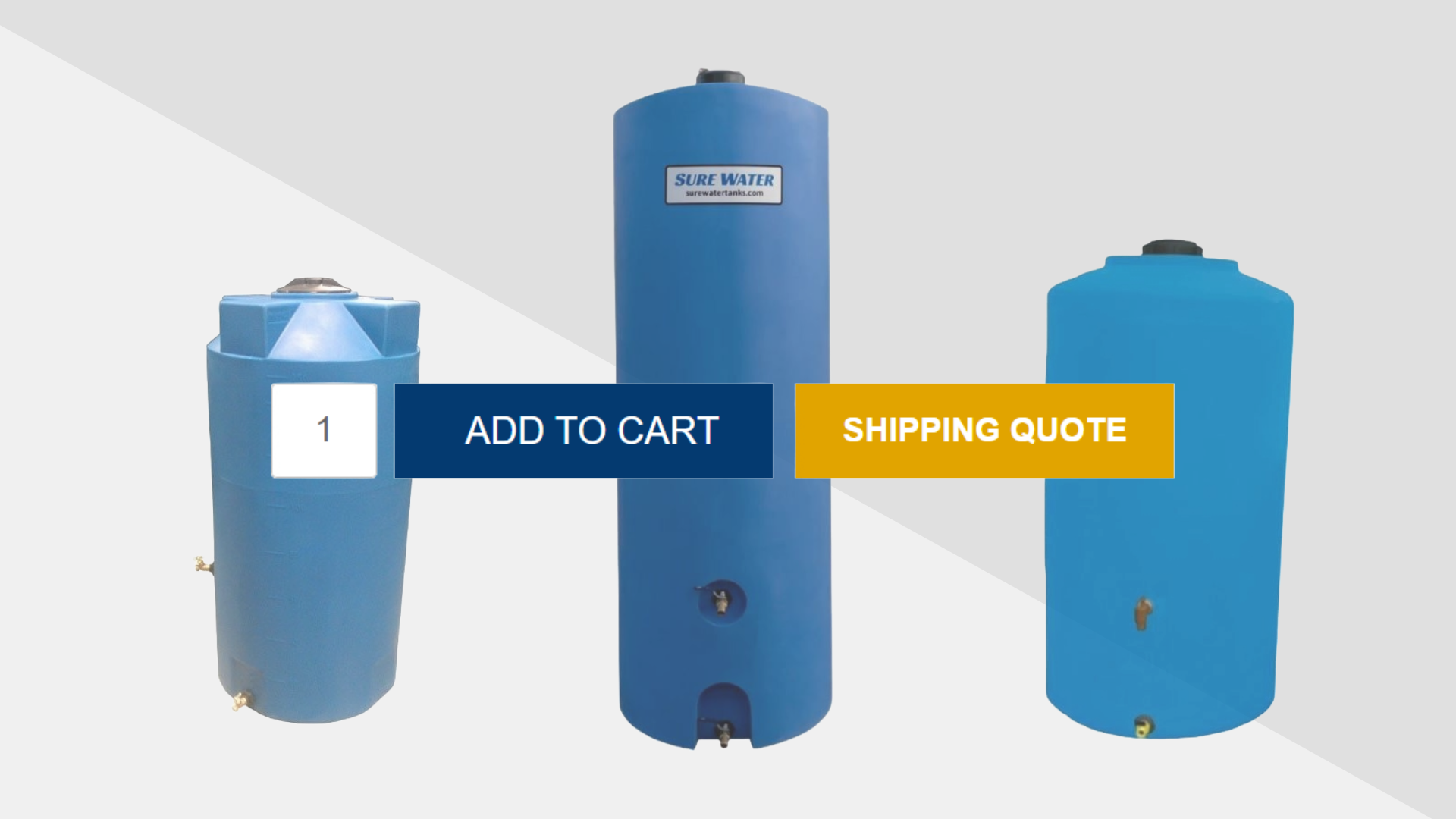
MONEY-SAVING TIP: Ordering multiple tanks can sometimes reduce the per-unit shipping cost, so consider buying in bulk if you have multiple storage needs or want to share costs with friends or family.
5. Prepare for Delivery Day
Due to their large size, emergency water tanks require extra care during delivery. Expect your tank to arrive on an LTL freight truck, and you’ll typically receive tracking information beforehand. It’s important to plan for the delivery day by being available to guide the placement of the tank.
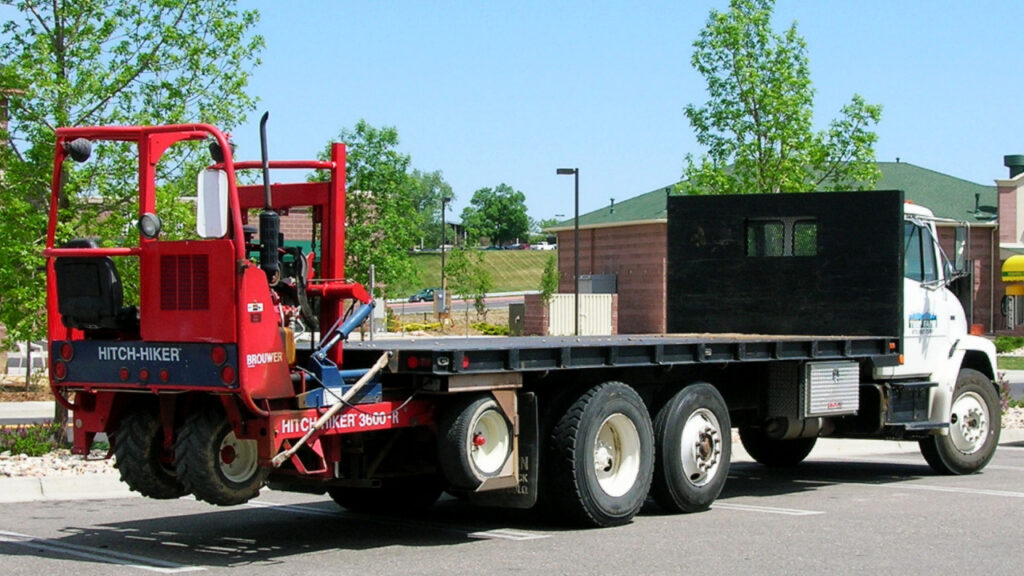
To reduce unnecessary hassle, make sure the delivery location is clear of obstacles, and consider covering the area if foul weather is expected. Taller tanks are usually easier to move and position with a dolly or by gently rolling them into place. Due to their limited size range, emergency water tanks are typically lightweight enough to carry into place with just two people.
Bonus Tip: Protect your tank from prolonged exposure to direct sunlight after delivery to ensure its durability over time, especially if storing it outdoors.
Frequently Asked Questions About Emergency Water Tanks
1. How long can water be stored in an emergency tank?
If clean and properly treated, water can be safely stored in an emergency tank indefinitely. Water will need to be of municipal tap water quality, at minimum. For long term storage, avoid opening the water tank lid. To purify questionable water, use water treatment solutions like chlorine or specialized tablets. If possible, choose to store the tank in a cool, shaded area.
2. What is the best way to clean and maintain the tank?
To maintain your emergency water tank, clean after it has served its use and when inspection reveals cleaning is needed, which if kept indoors and closed, should not be regularly necessary. To clean, empty the tank, scrub the interior with a non-toxic, food-safe cleaner, and rinse thoroughly with clean water to remove any residue. Regularly inspect the tank for leaks or damage, and rotate the stored water if desired every 6 to 12 months for best taste.
3. Are emergency water tanks safe for drinking water?
Yes, emergency water tanks are made from food grade, BPA free materials to ensure water safety. These tanks meet FDA standards and are ANSI/NSF 61 certified, making them safe for storing potable water for human consumption.
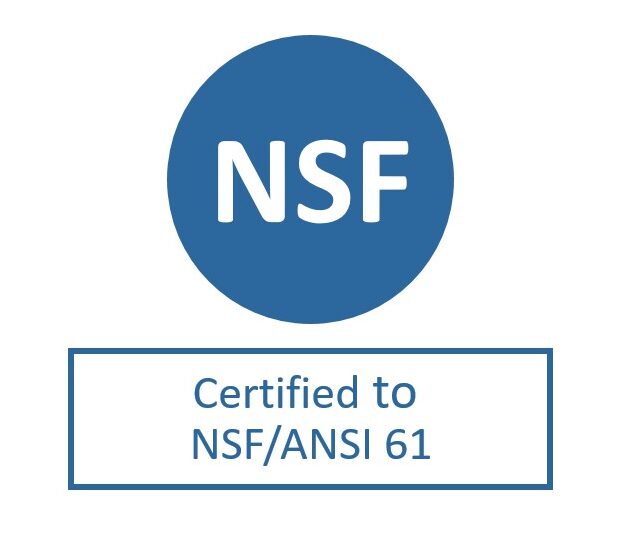
4. Can these tanks be stored outdoors?
Yes, emergency water tanks can be stored outdoors, but it’s important to protect them from prolonged exposure to sunlight and extreme weather conditions. Choose a UV resistant tank or place it in a shaded, covered area to prevent material degradation and maintain water quality. Emergency water tanks are sized to make them easy to place indoors and are best kept inside.
5. Can I use any type of hose with my emergency water tank?
No, it’s essential to use a food grade hose when filling your emergency water tank. Regular garden hoses can leach harmful chemicals into the water, making it unsafe for consumption. Food grade hoses, often labeled as lead free white hoses, are specifically designed to maintain water purity and ensure the safety of your stored supply. Always check that the hose is certified for potable water use.
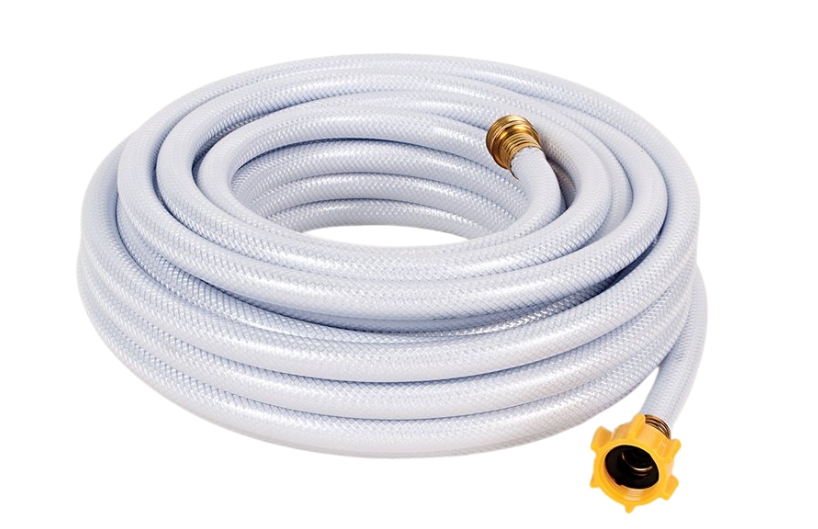
Choosing the Right Provider
When it comes to purchasing, rely on a trusted supplier who specializes in high quality storage tanks. At the National Tank Outlet, we offer a full range of emergency water tanks that are BPA free, FDA approved, and made from top quality materials to ensure your water remains clean and safe for drinking. With sizes ranging from 30 to 500 gallons, you’ll find a solution that meets your needs, no matter the size of your household or preparedness plan.
Our storage and emergency tanks are specifically designed for durability and long term use, meaning you can trust them to stand the test of time and be available for emergency conditions.
Take Action Today
An emergency water tank isn’t just a storage solution — it’s peace of mind, knowing your family has access to clean, safe water during unexpected situations. From selecting the right size to arranging delivery, the National Tank Outlet makes the process straightforward so you can focus on what matters most.
Explore our full range of emergency water tanks and accessories on our website today. Feel confident knowing you’re prepared for life’s uncertainties with a reliable and expertly crafted solution.